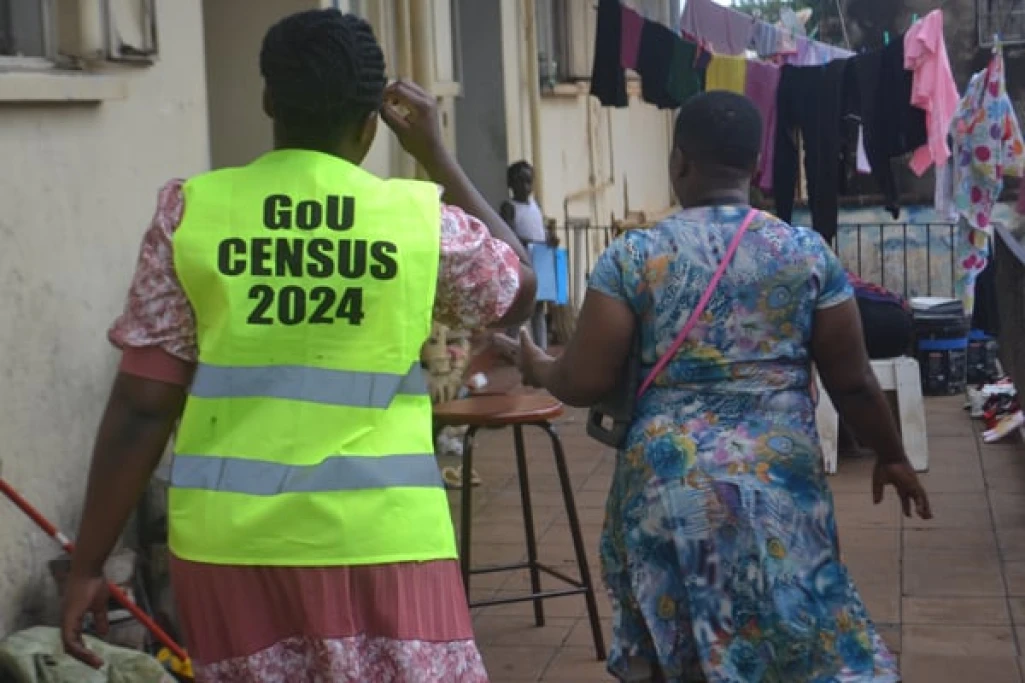
Uganda’s population
stands at 45.9 million people, up from 34.6 million counted in 2014,
according to new figures of the preliminary 2024 national census results
released by Uganda Bureau of Statistics (Ubos) on Thursday.
According to Ubos, this
means that the population increased by 11.3 million people in the last 10
years, reflecting a 2.9 percent growth rate.
Data in Uganda's 6th
post-independence and first ever digital census was gathered using about
160 questions at household level and over 60 questions in a community
questionnaire.
Refugees counted in
Uganda on census night (May 9) accounted for at least 780, 061 of the country's
latest population data, according to Ubos Executive Director Chris
Mukiza.
Majority of Uganda's
population is in Buganda with the least in the Karamoja region.
A population pyramid
released by Ubus suggests that “Uganda is a young country with 50.5 percent of
the population aged below 17, while age group 18-30 (youths) form 22.7 percent
of the count.
Women comprise 23.4
million of the Ugandan population, implying they have remained consistently
higher than men in the last 20+ years.
"At birth
demographically, there are more males born than baby girls. It is estimated
that there are 105 males born, but in life more males die due to biological
social and environmental issues," ICT Minister Dr Chris Baryomunsi
observed.
Uganda's population has
significantly grown since 1911 when the first national census was
conducted.
Still on Thursday,
Mukiza said that Ubos will in July 2024 “undertake a post-enumeration surveyto
check the quality of the census data in regard to content and coverage.”
“Then further data
analysis and publicationof final census results in September 2024,” he
emphasised.